

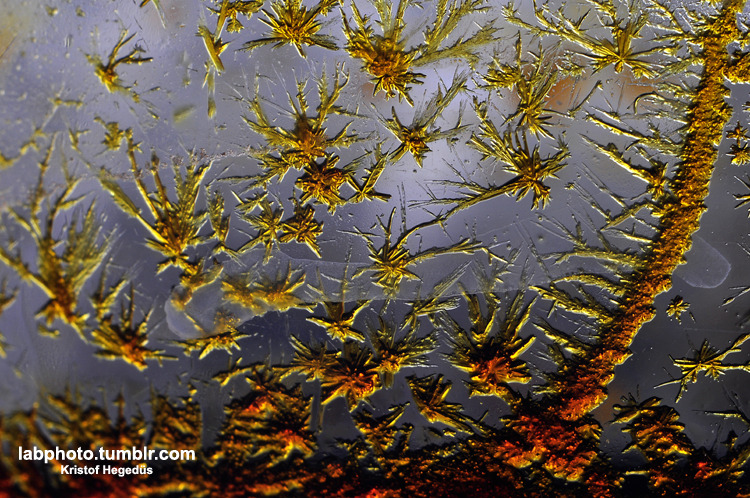
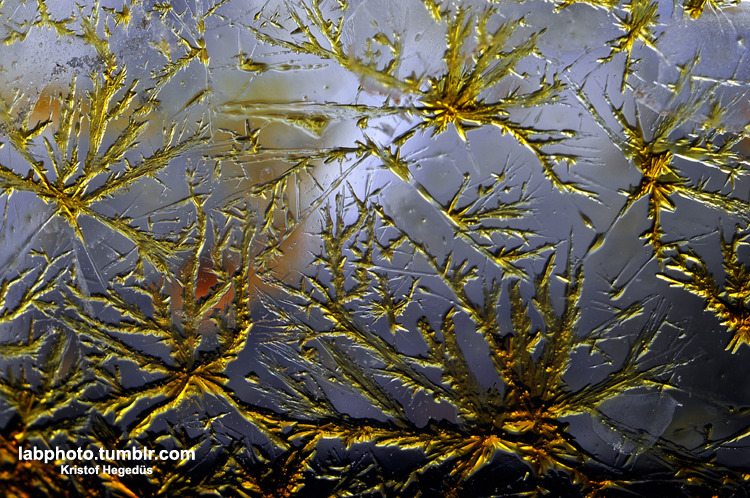
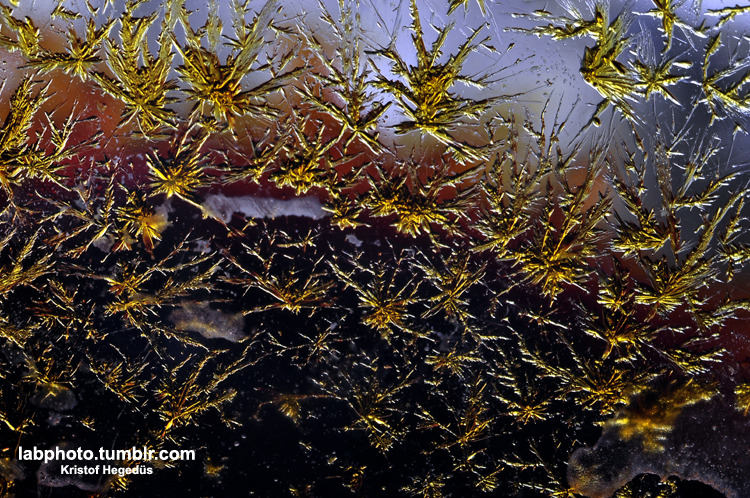


Quote: Originally posted by Mailinmypocket  |
Quote: Originally posted by platedish29  |
 only hint I can give is to scavenge those litter
boxes and get what'cha can!
only hint I can give is to scavenge those litter
boxes and get what'cha can!Quote: Originally posted by Adas  |
Quote: Originally posted by kristofvagyok  |



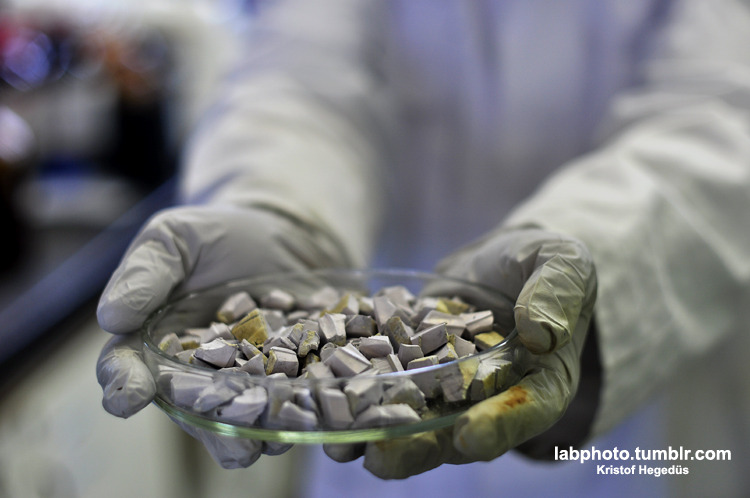
 ), and those pieces developed a yellow film on them. It scrapes off easily and looks
like saran wrap, strangely enough. My large jar of the rest of my pound of sodium, which I keep sealed most of the time, has no yellow whatsoever.
Everything is stored under mineral oil. I suspect since the small jar is opened more frequently, more oxygen gets in and reacts.
), and those pieces developed a yellow film on them. It scrapes off easily and looks
like saran wrap, strangely enough. My large jar of the rest of my pound of sodium, which I keep sealed most of the time, has no yellow whatsoever.
Everything is stored under mineral oil. I suspect since the small jar is opened more frequently, more oxygen gets in and reacts.
Quote: Originally posted by Pyro  |


Quote: Originally posted by Pyro  |
Quote: Originally posted by Adas  |

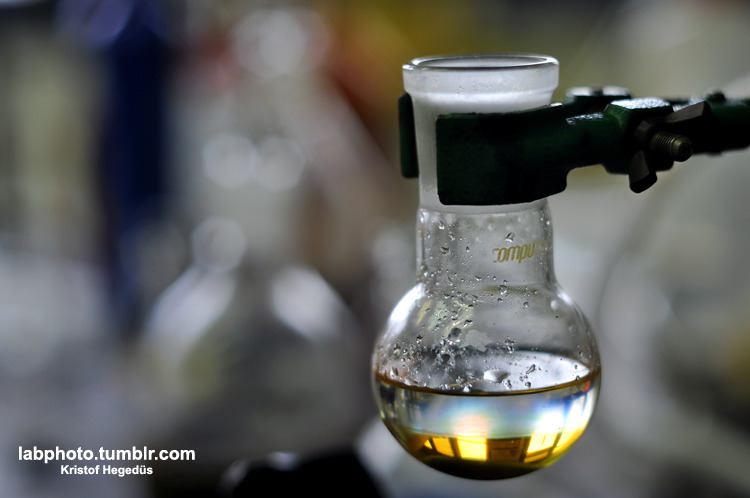
Quote: Originally posted by kristofvagyok  |


Quote: Originally posted by smaerd  |
Quote: Originally posted by smaerd  |


Quote: Originally posted by Boffis  |
Quote: Originally posted by chemcam  |
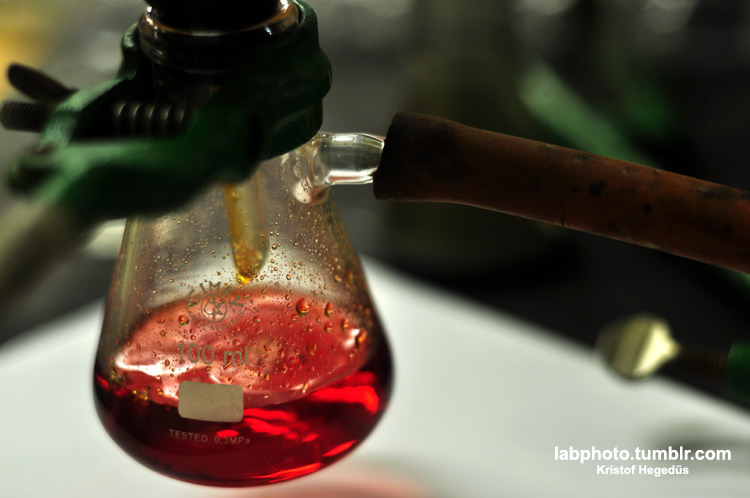

Quote: Originally posted by chemcam  |

Quote: Originally posted by Endimion17  |
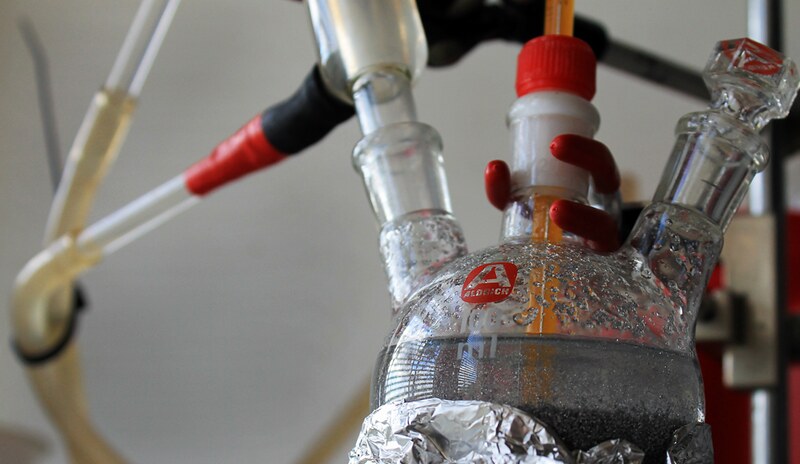
Quote: Originally posted by Sublimatus  |
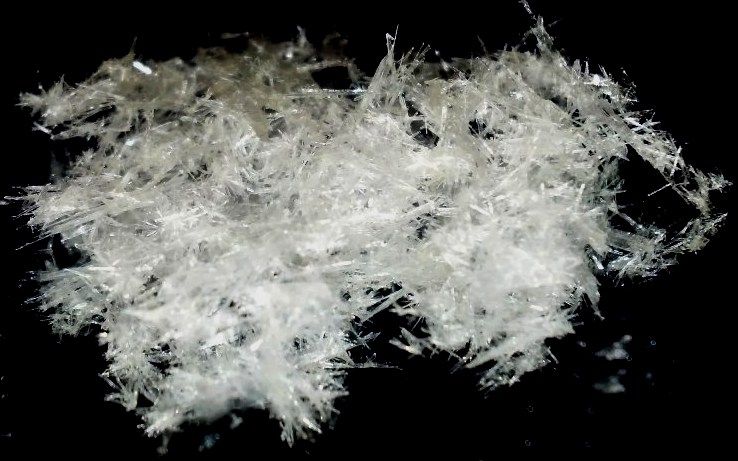



Quote: Originally posted by Bezaleel  |

Quote: Originally posted by Finnnicus  |
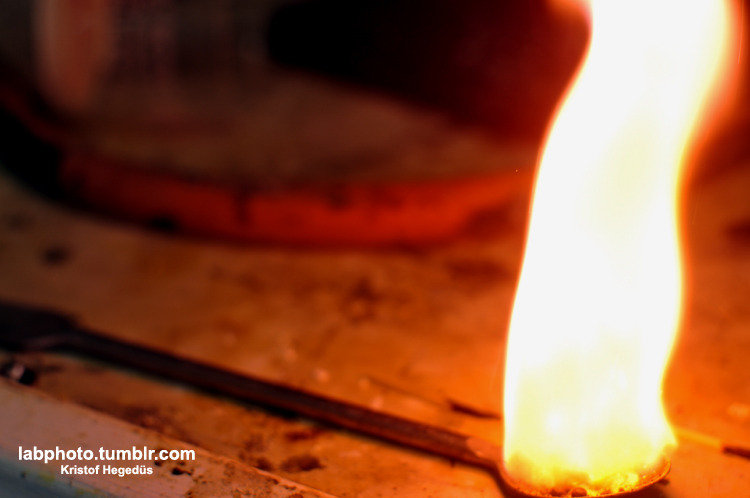

Quote: Originally posted by Antiswat  |
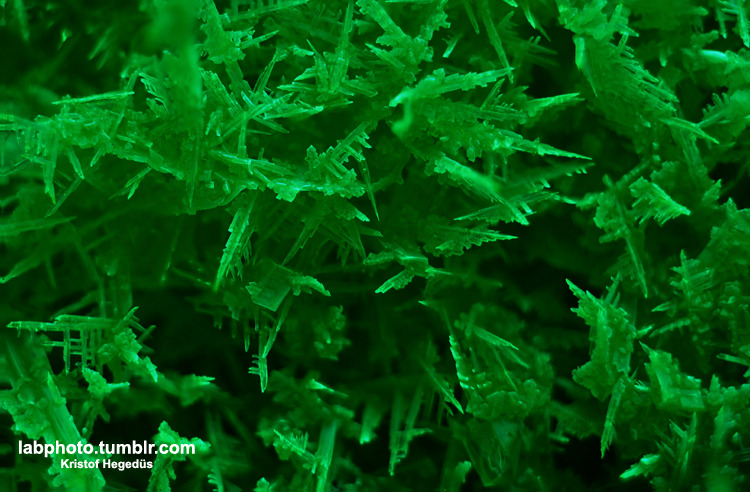
Quote: Originally posted by Antiswat  |

Quote: Originally posted by elementcollector1  |
Quote: Originally posted by Antiswat  |
Quote: Originally posted by Squall181  |

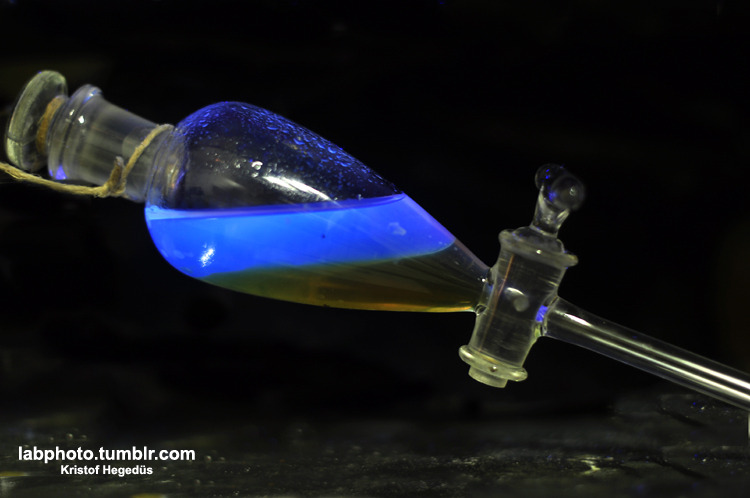

Quote: Originally posted by Squall181  |
Quote: Originally posted by kristofvagyok  |



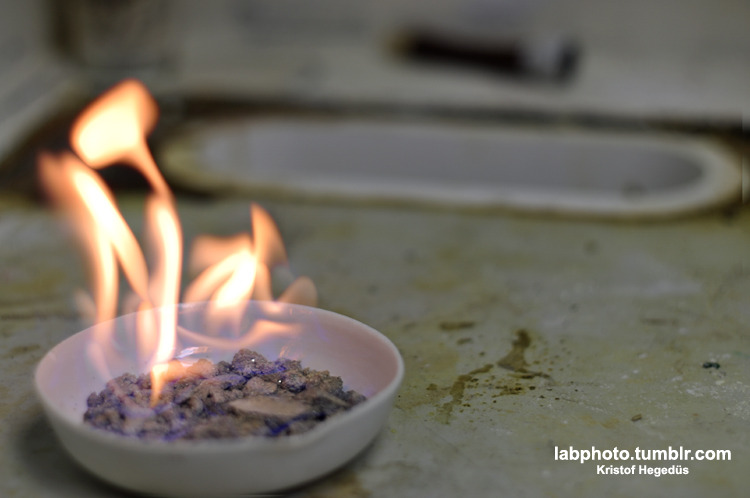
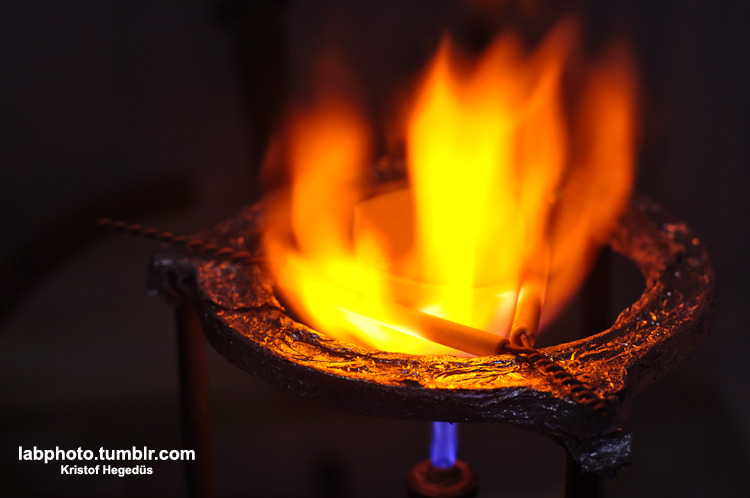
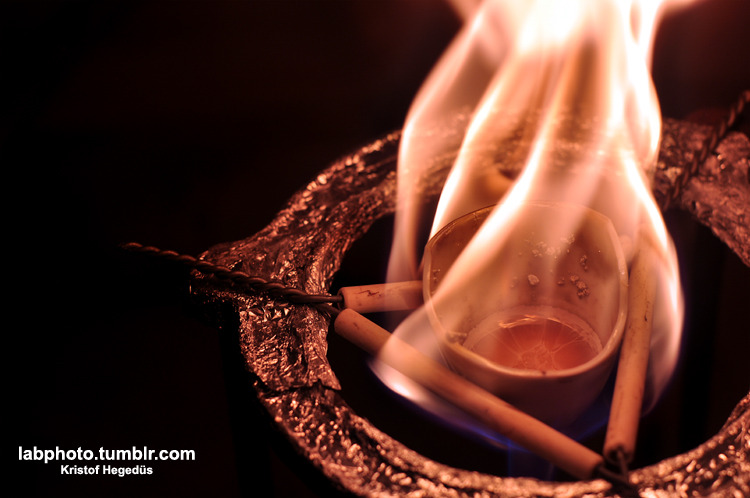
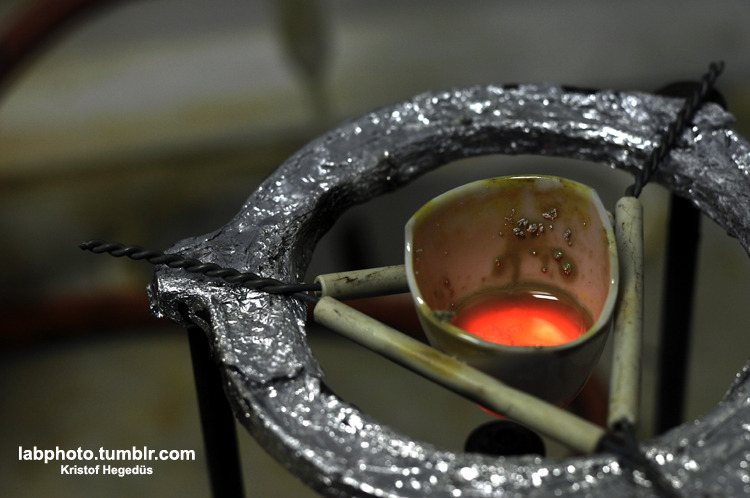
Quote: Originally posted by elementcollector1  |